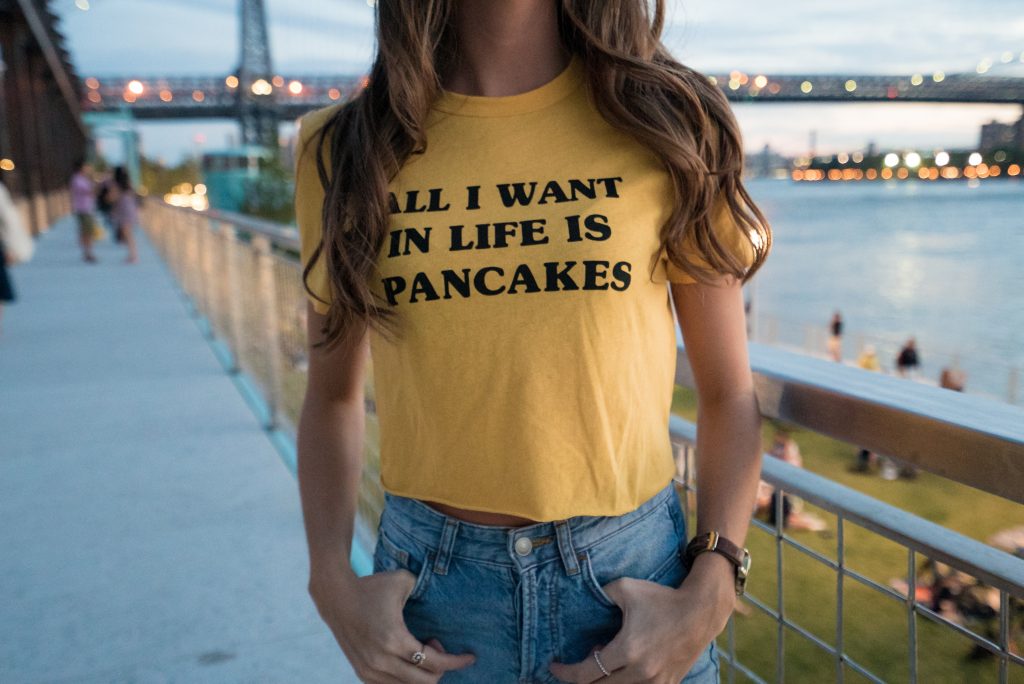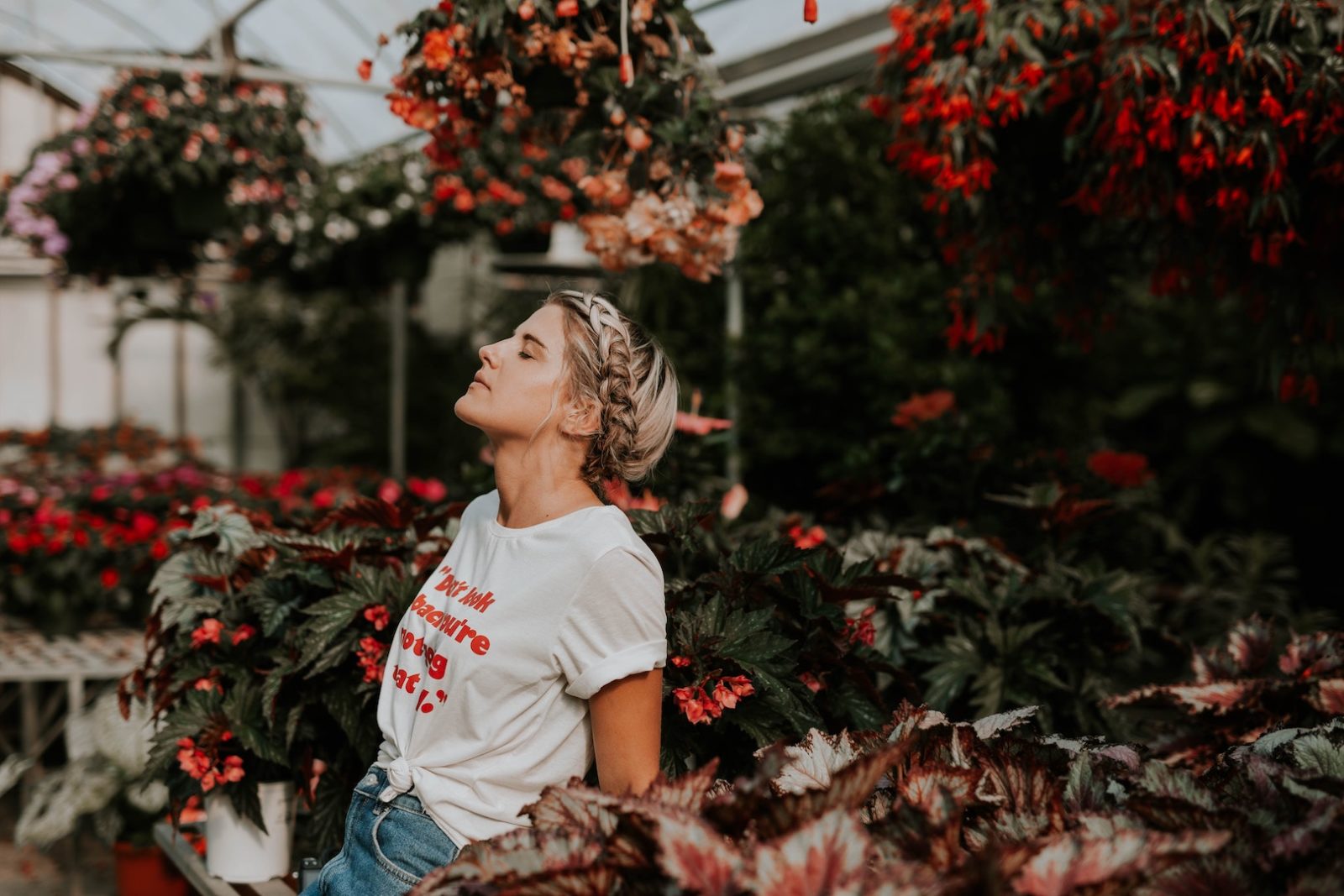Maybe you’re a budding fashion entrepreneur, or you’re simply looking to get some t-shirts printed for an event? Or perhaps you’re fed up with what you wear being dictated by huge corporate brands? Whatever forces drove you to this article, with a little time, tons of creativity, and a helping hand from online t-shirt printing services like TeeJunction, you can design unique, one-of-a-kind t-shirts exclusively for you.
Indeed, with cutting edge technology, creating your own t-shirts has never been easier. Before you embark on this journey, it’s best to familiarise yourself with the different printing methods and decide which one is best for you. With that in mind, here are 5 IDEAL techniques for t-shirt printing.
SCREEN PRINTING
The most popular technique in the t-shirt making game is without doubt screen printing. To make the most of this method, you need a professional t-shirt printing machine, which is quite expensive. Thus, this method only pays off in cases of t-shirt mass production. On the one hand, it gives you excellent, consistent quality of graphics, with a huge range of precise colours available. On the other hand, to use this method you’ll need to create a template.
Therefore, it’s profitable only when you’re working on a large number of the same product. Otherwise, one-offs and smaller quantities will require the change of a template more often, which makes the whole activity time-consuming and uneconomic.

DTG (DIRECT TO GARMENT) & DTF (DIRECT TO FILM)
Direct To Garment (DTG)
Direct To Garment, commonly referred to as DTG, is a popular technique in the t-shirt printing industry. This method involves printing directly onto the fabric using specialized inkjet technology. The process is similar to using a standard home printer, but on a much larger scale and designed specifically for textiles.
To use DTG, you simply upload your desired image to a computer, and the printer – usually an Epson F2270 hybrid printer or similar – applies the ink directly onto the garment. This technique is particularly effective for producing high-quality, detailed prints on a variety of fabrics, especially cotton. DTG is ideal for small to medium-sized production runs and is perfect for businesses that require personalized t-shirts with intricate designs.
One of the main advantages of DTG is its ability to produce vibrant, full-color prints without the need for extensive setup or screens, making it a cost-effective option for custom orders. However, the initial investment in a DTG printer can be high, and the process can be slower compared to other methods like screen printing.
Direct To Film (DTF)
Another interesting technique used in the t-shirt printing industry is known as Direct To Film, usually shortened to DTF. Unlike DTG, DTF involves printing a design onto a special film first, which is then transferred onto the fabric using a heat press. This method allows for more versatility in terms of fabric types and colors.
DTF has seen an enormous surge in popularity recently. A study by A.M. Custom Clothing revealed that since 2020, search interest in DTF printing has skyrocketed, with a mind-blowing growth of 7420% between 2020 and 2024. This surge makes it clear that DTF is on the rise and here to stay.
DTF works exceptionally well on both light and dark fabrics, providing vibrant and durable prints. The process involves printing the design onto a PET film, applying a powder adhesive to the print, and then curing it. Once the design is ready, it is transferred onto the garment using a heat press.
Although the initial cost of the machine is high, producing a single item is fairly inexpensive. If you run a business not dedicated to clothes production, but on which requires making personalised t-shirts with some regularity, DTF is a worthwhile investment.
For those looking into producing vibrant, detailed prints on a variety of fabrics, exploring the capabilities of DTF printing is highly recommended. Not only does it offer flexibility in design, but for a more in-depth exploration, you can click for 62 uv dtf transfers, which showcases a wide range of potential and the quality achievable with this technology. This method proves especially useful for businesses seeking to maintain high-quality output without the need for large-scale production facilities.
Alternatively, you can find companies offering DTF transfers wholesale, with bulk purchases bringing the price down significantly.
DYE SUBLIMATION
Dye sublimation is also a frequently used technique in the T-shirt printing business. Again it works better on light fabrics, but one critical condition must be met, namely, the material is polyester.
In other cases, disappointment will likely prevail. The dye used usually takes the form of a special liquid, which dries up when it touches the T-shirt, and this doesn’t occur effectively if a different material is used. This technique works best if you want to achieve a more complete design on your T-shirts, rather than just simply an image on the front. Again, this requires the purchase of a dedicated printer.

TRANSFER PAPER METHOD
This method is quite simple in use as it refers to transferring a given graphic from a transfer paper to the surface of your garment, and is more commonly used for arts and crafts rather than it is in any business setting. The paper transfer method uses heat and pressure (usually in the form of an iron) similarly to dye sublimation, but in a more domestic setting and for more domestic demands. However, it shouldn’t be used on materials with high-heat sensitivity levels. Interestingly, this technique was initially used for decorating ceramics.
VINYL CUTTING
Vinyl cutting, also known as CAT cut vinyl, is often used in sportswear production, as well as when adding small graphics and slogans to T-shirts, since it’s adaptable and adept at printing numbers and names onto clothing items. The technique harnesses the use of specialist software and a computer controlled blade to cut the design intricately out of vinyl prior to application. Unlike some of the other methods mentioned, vinyl cutting is suitable for dark clothing.





